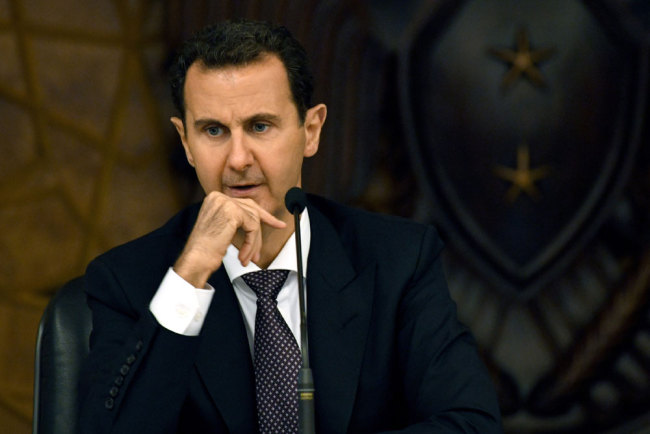The nine ministers of water resources, internal trade, the interior ministry, tourism, education, high education, public works and housing, communication and industry were replaced in the cabinet reshuffle.
The most significant change is the replacement of Minister of the Interior Mohammad al-Shaar, who has been in this position since April 2011, the early days of the Syrian crisis.
Al-Shaar has been the target of assassination attempts during the course of the more than seven-year war in Syria.
He survived two attacks in 2012, with the first in the Syrian National Security headquarters, and the other in front of the ministry of the interior, both in the capital Damascus.
In the latest cabinet reshuffle, al-Shaar was replaced by Muhammad Khalid Rahmun, chief of Syrian Political Security Directorate.
Rahmun was put in the sanction list of the U.S. Treasury in 2017 for alleged connection with the so-called findings about the use of chemical weapons in the Syrian civil war.
Meanwhile, Assad ordered the formation of the National Reconciliation Commission to replace the current Ministry of National Reconciliation.
Ali Haidar, former minister of reconciliation, was renamed as the chief of national reconciliation, according to Assad’s decree.
The reconciliation ministry has been tasked with negotiating the reconciliation agreement with militants and those willing to abandon insurgency in Syria.
SANA did not mention the reasons behind the reshuffle.
Assad frequently orders partial ministerial reshuffles, with the latest taking place in January.




